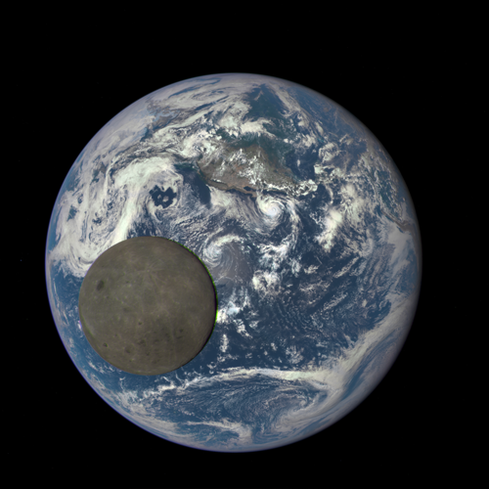NASA To Turn Hoverboards Into Tractor Beams
NASA might turn a futuristic toy into a great way to clean up space.


10 NASA Images That Will Inspire You
10 NASA Images That Will Inspire You (Click image for larger view and slideshow.)
It wasn't so long ago that hoverboards were a dream of the filmmakers of Back to the Future. Now, hover engine technology is going to be turned toward something a little less fun but a little more useful. NASA is contracting with Arx Pax, makers of the Hendo Hoverboard, to develop technology that can pull tiny cube satellites, and potentially space debris, back to a spacecraft.
Science fiction fans will recognize the concept as a tractor beam -- a hypothetical beam of energy that can be used to move objects such as space ships, or hold them stationary.
Within two years, Arx Pax is expected to create a prototype that could sit outside a space craft and draw aluminum cube satellites, much like a magnet picking up iron filings. This development could help cure the space junk problem and make it easier for scientific experiments to be set adrift in space and then returned to Earth.
Tell me, how do you turn this very noisy but incredibly cool thing…
…into the thing Obi-Wan turns off in Star Wars?
It may be easier than it appears. Arx Pax's hoverboard creates electric fields that generate magnetic push and pull. These fields can be manipulated with a technology Arx Pax calls Magnetic Field Architecture (MFA). The company said manipulation of these fields would make it possible to push a board off the Earth, or pull a cube satellite closer to a space ship.
Not only is the technology designed to make it easier to pull something in microgravity, but Arx Pax believes that one day it will be able to turn MFA into a new kind of building safety device. The company believes it will be able to allow a building to hover for a brief period of time during an Earthquake. Needless to say, lifting an entire building takes a lot more push than moving a satellite in space. Cubesats can weigh as little as a couple of pounds.
[ Here is a look at how NASA makes space research easier for enterprises. Read NASA, CASIS Show How Your Company's Space Strategy Can Work. ]
The issue is that there is an ever-increasing need to put more satellites into space. For example, slightly larger satellites are part of a plan by Elon Musk to bring satellite Internet to remote parts of the world. Thousands of these little satellites will be required to make the plan work. Needless to say, when these things break, they're going to need to be collected, because space junk is starting to become a real problem.
Thousands of broken satellites already orbit the Earth along with parts that have fallen (intentionally and unintentionally) from space vehicles for decades. NASA currently tracks 20,000 man-made objects in space that are 10 cm or larger. There are at least 500,000 objects that are even smaller and moving at incredible speed, like bullets ready to rip through a satellite or the International Space Station. A 10 cm sphere of aluminum moving at 22,000 mile per hour would hit the space station with the same force as 7 lbs of dynamite. Worse yet, it would throw more pieces of debris into space and potentially damage other craft.
NASA has occasionally steered satellites away from danger, and it's even had to scramble International Space Station astronauts to escape capsules during close calls. We're actually in danger of making low-Earth orbit impossible to operate in. This is how NASA visualizes the problem:
If NASA can create a method for safely deploying and retrieving small satellites, that would be a good first step. And it is entirely possible that, with some advances, the technology could be used like a giant space vacuum sucking up the debris before it can become a hazard.
Using it to retrieve scientific experiments in space could create a new line of scientific studies that could lead to advances in material science, biology, and countless other fields.
Who knew Marty McFly would be such an inspiration to space science?
About the Author
You May Also Like






